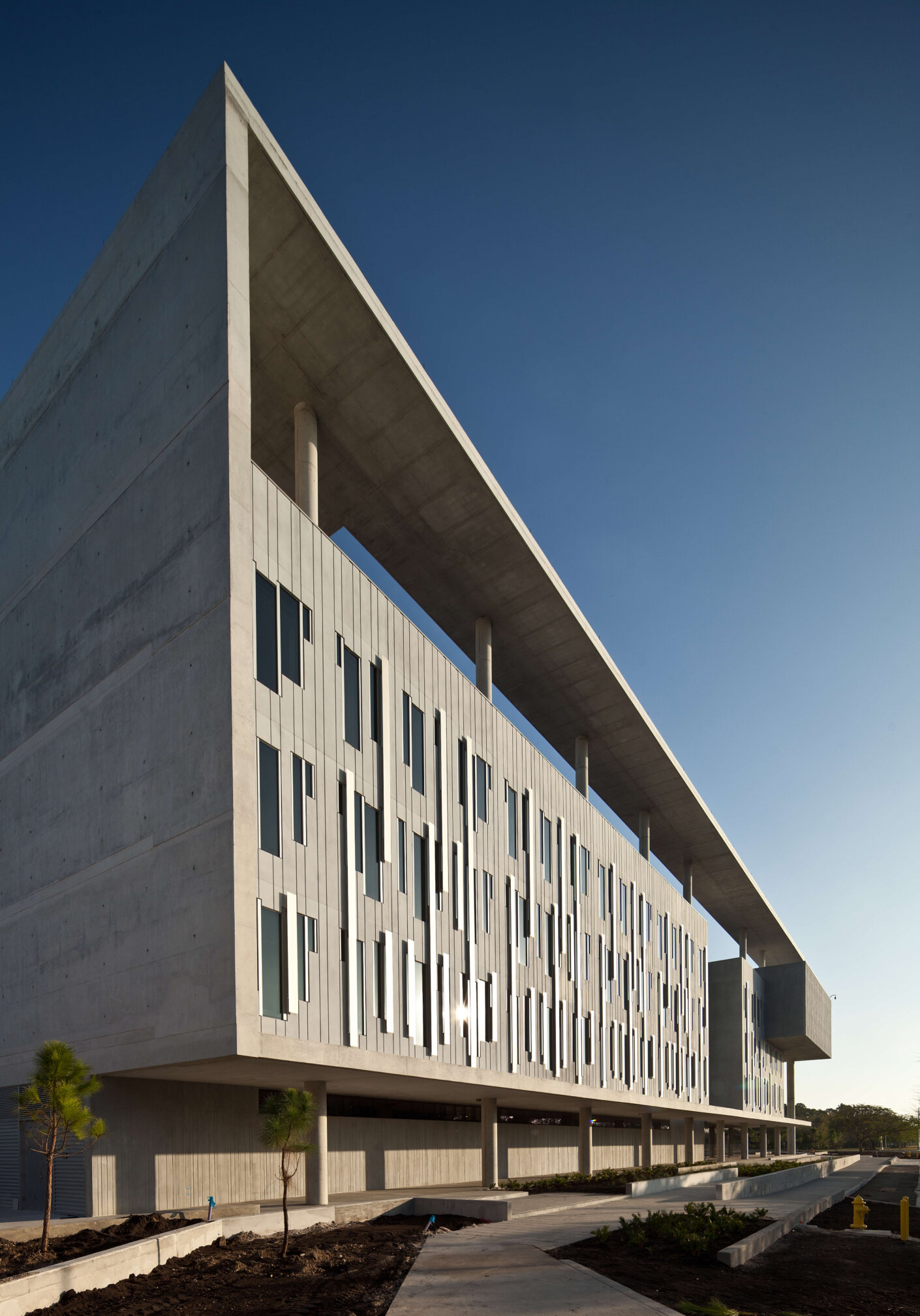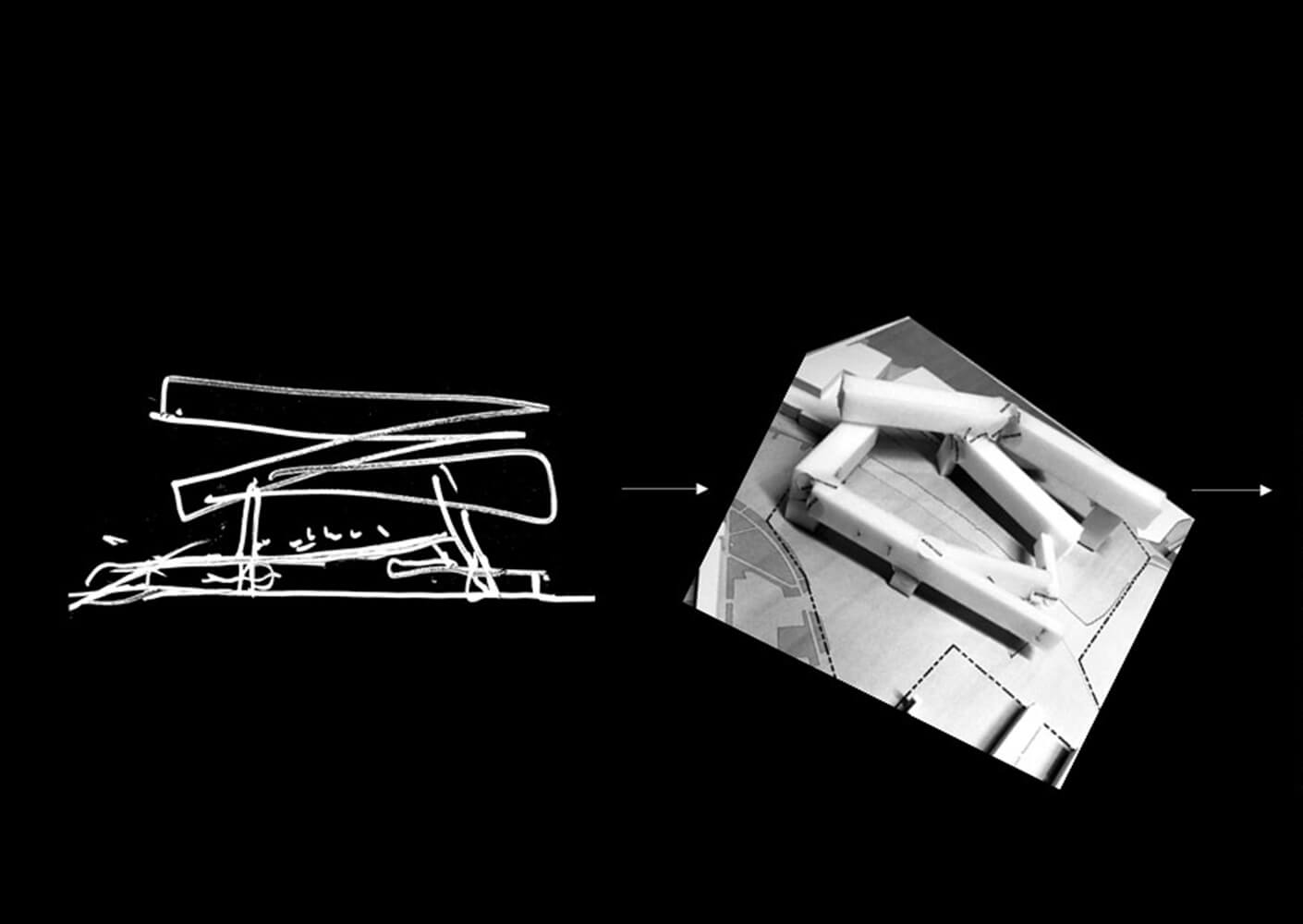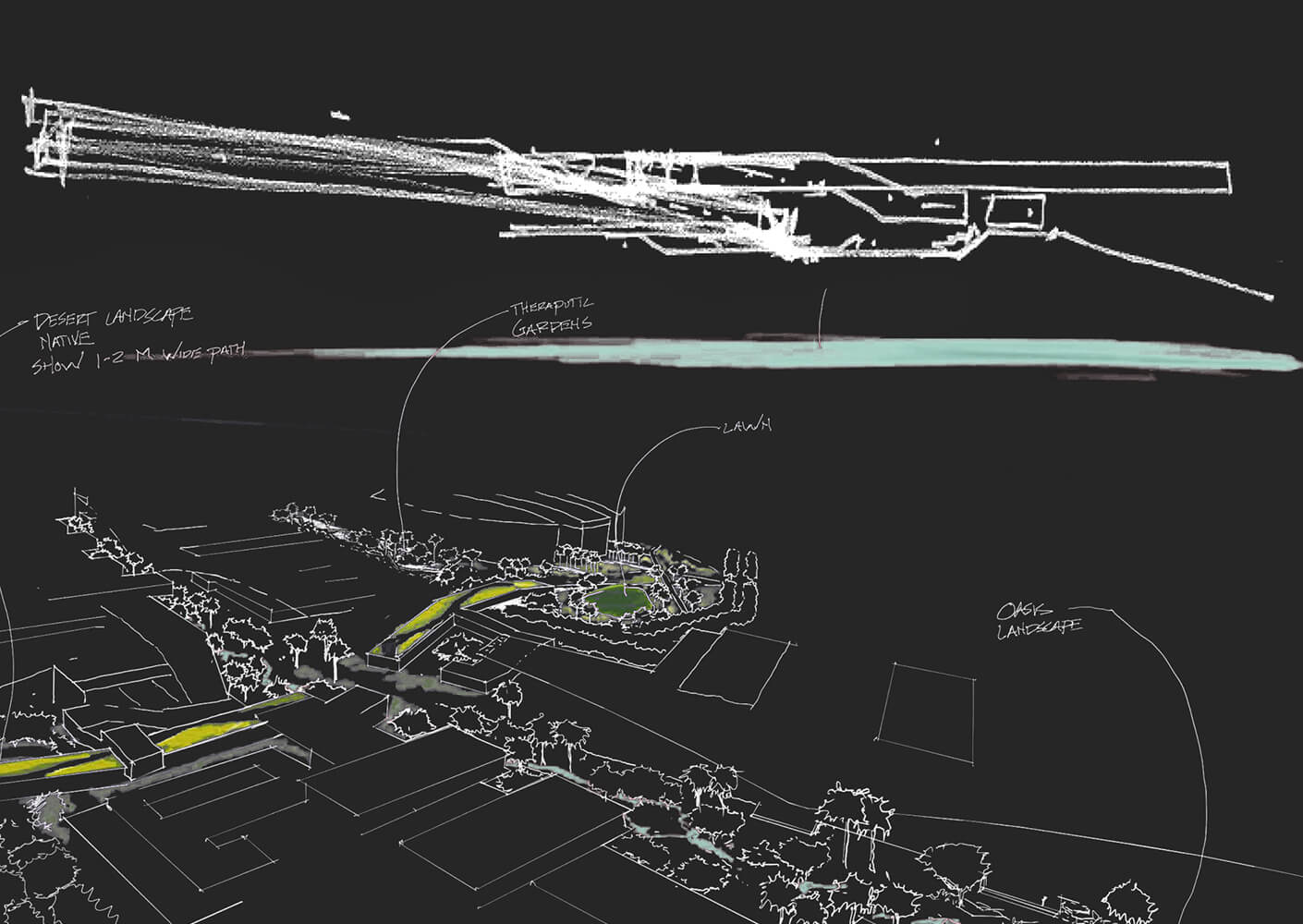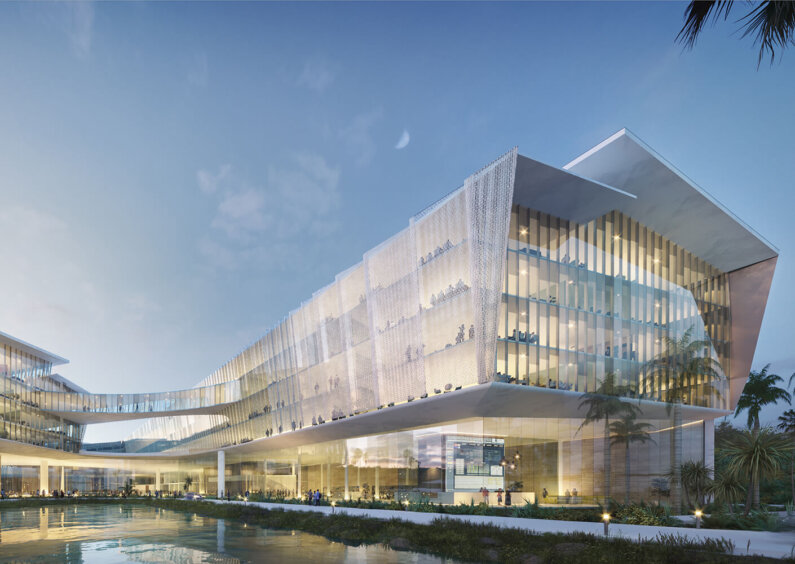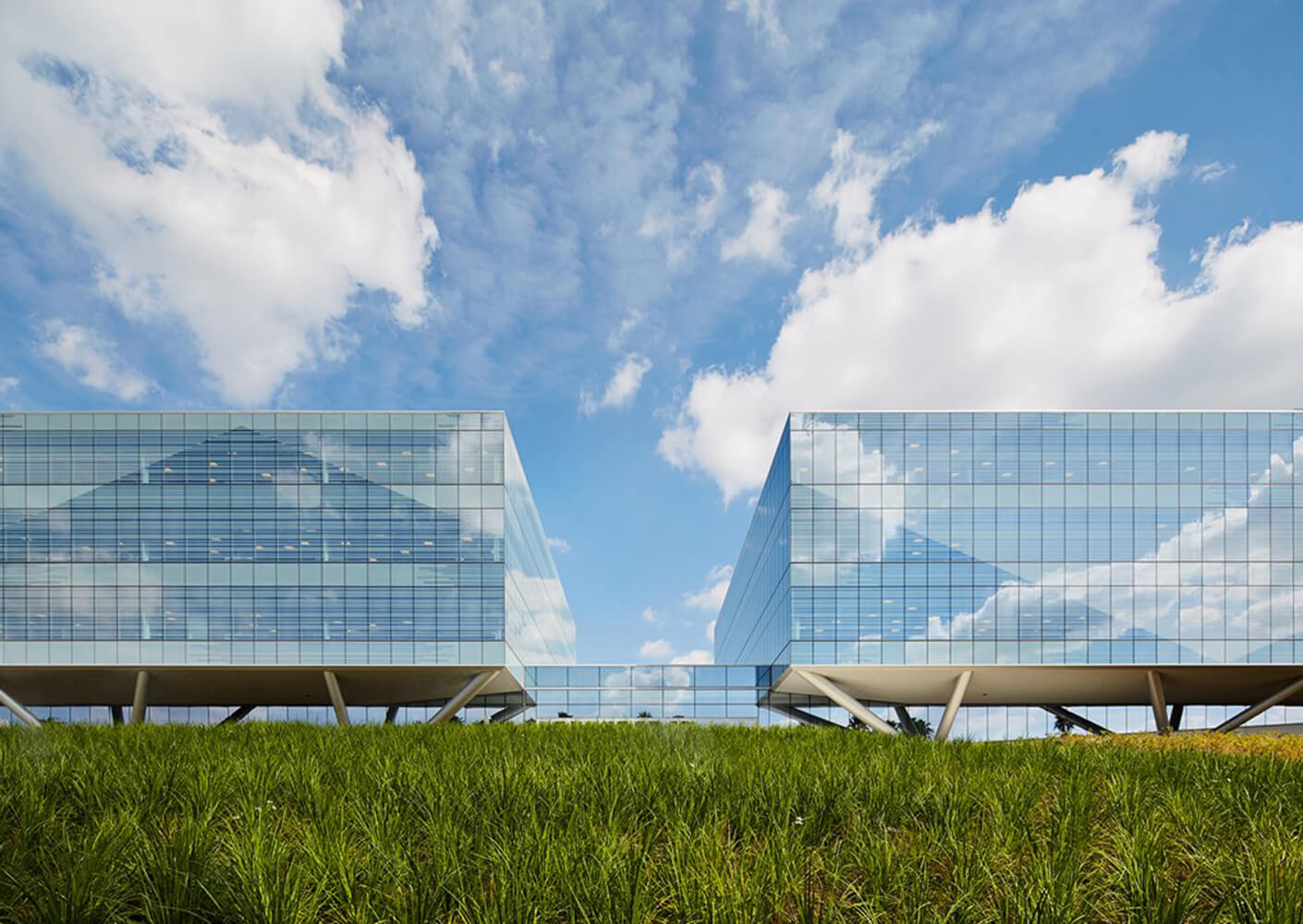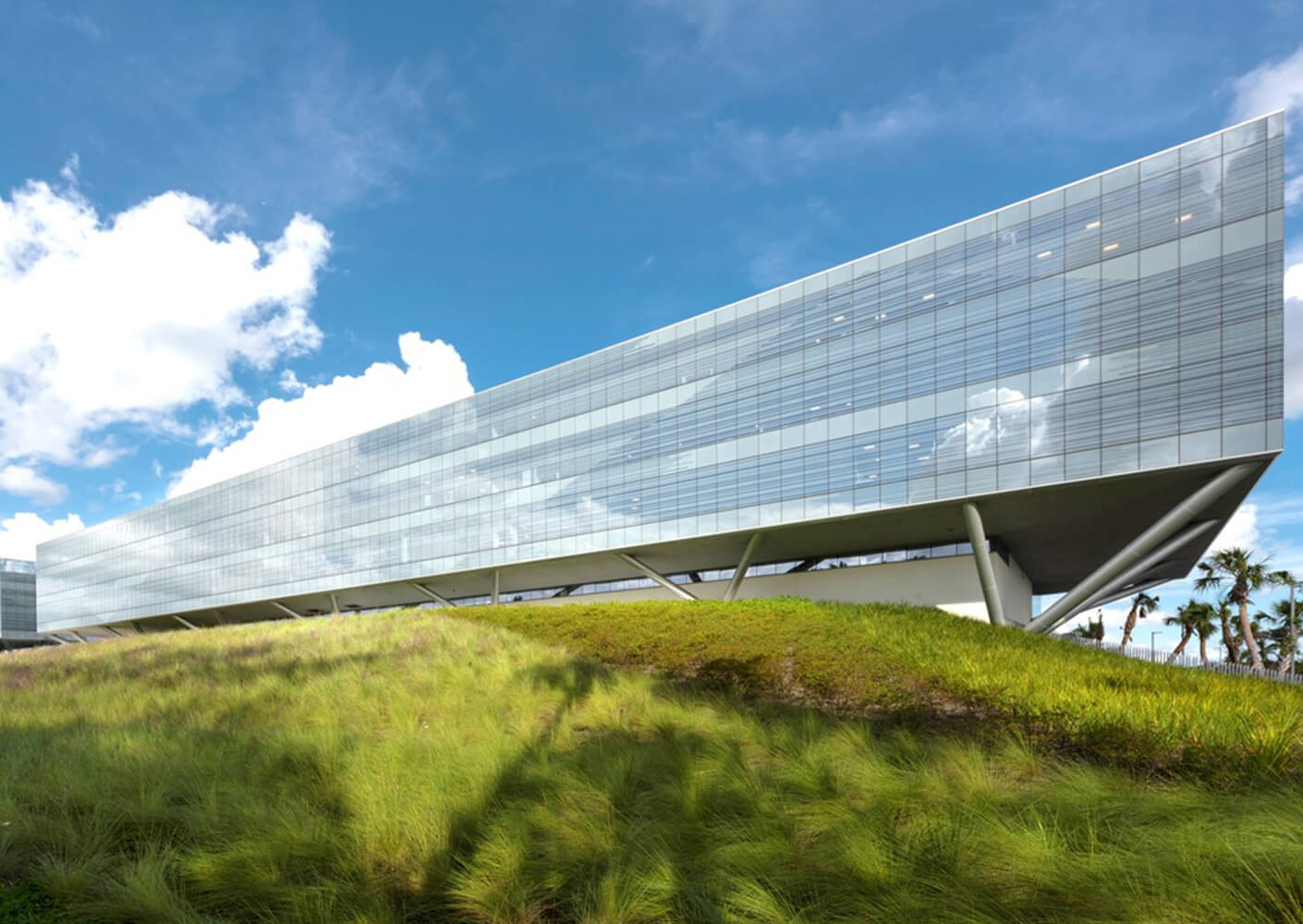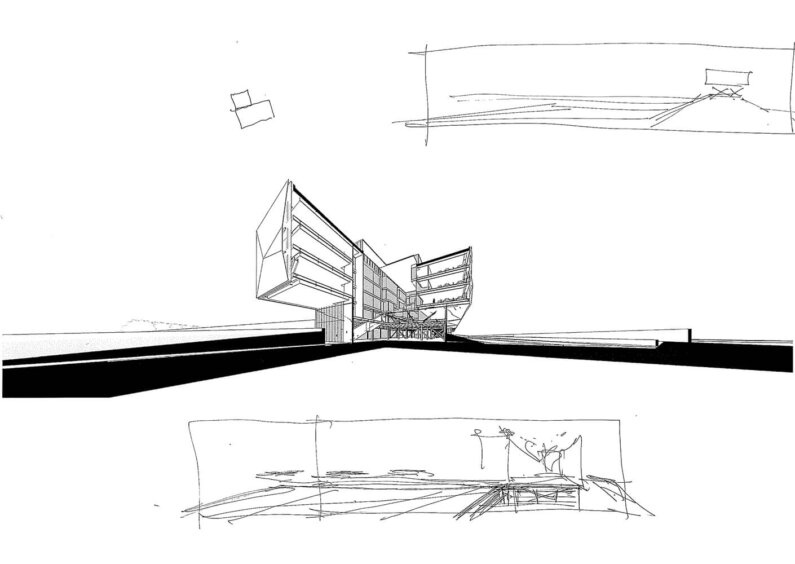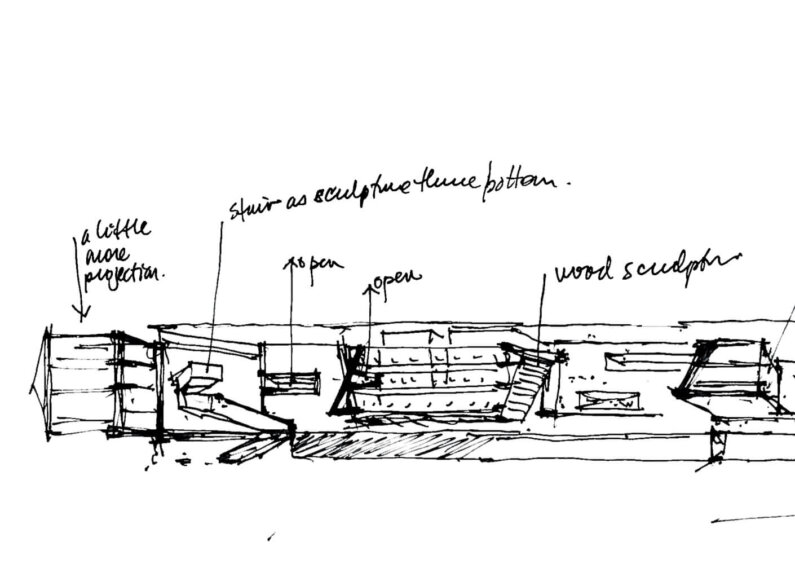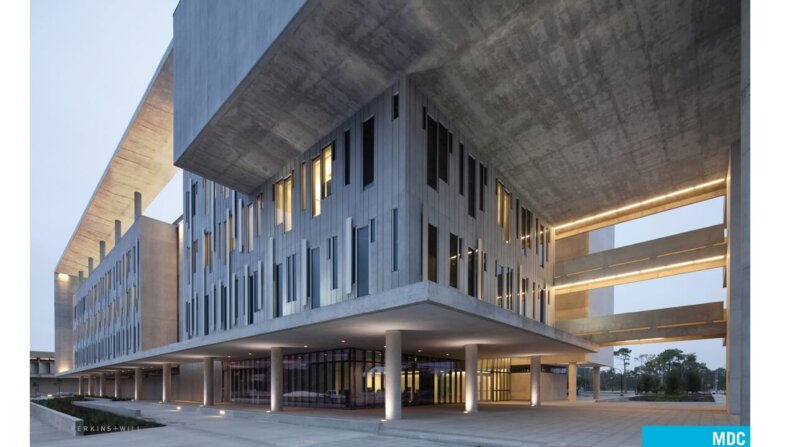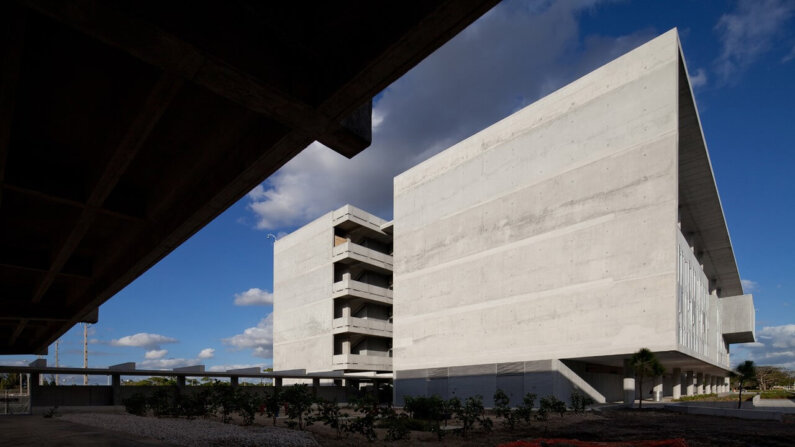Pat Bosch Finds Magic and Meaning in Design
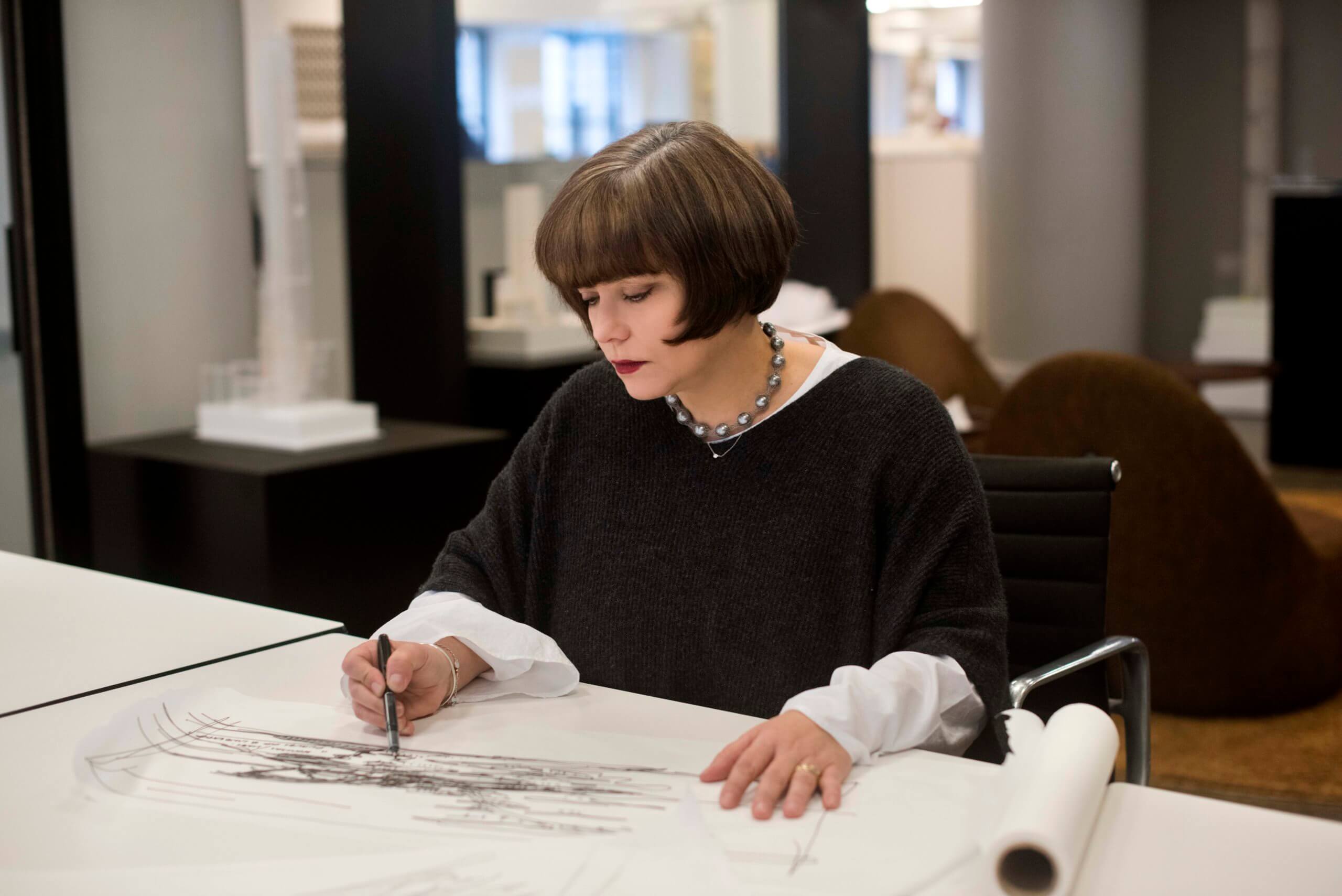
Pat Bosch designs to transcend, whether she’s pushing the boundaries of genre or connecting people across borders. The design director and principal of Perkins&Will’s Miami studio carries herself with confidence, and her signature style—a sharp bob, short bangs, and a monochrome wardrobe—reflects her commitment to a clean, modernist aesthetic and exacting detail. Much of her creative process is based on cultural research; however, her own Spanish and Latin cultures shine through in her approach to storytelling. She works within the lineage of “magical realism,” a literary term related to important Latin American cultural figures like Lina Bo Bardi and Remedios Varo. These creatives altered reality by expressing themselves through a fantastic, surreal lens, and Bosch is interested in participating in their historic trailblazing through design. “I see myself as a novelist, telling stories of the unimaginable that reframe our perceptions.”
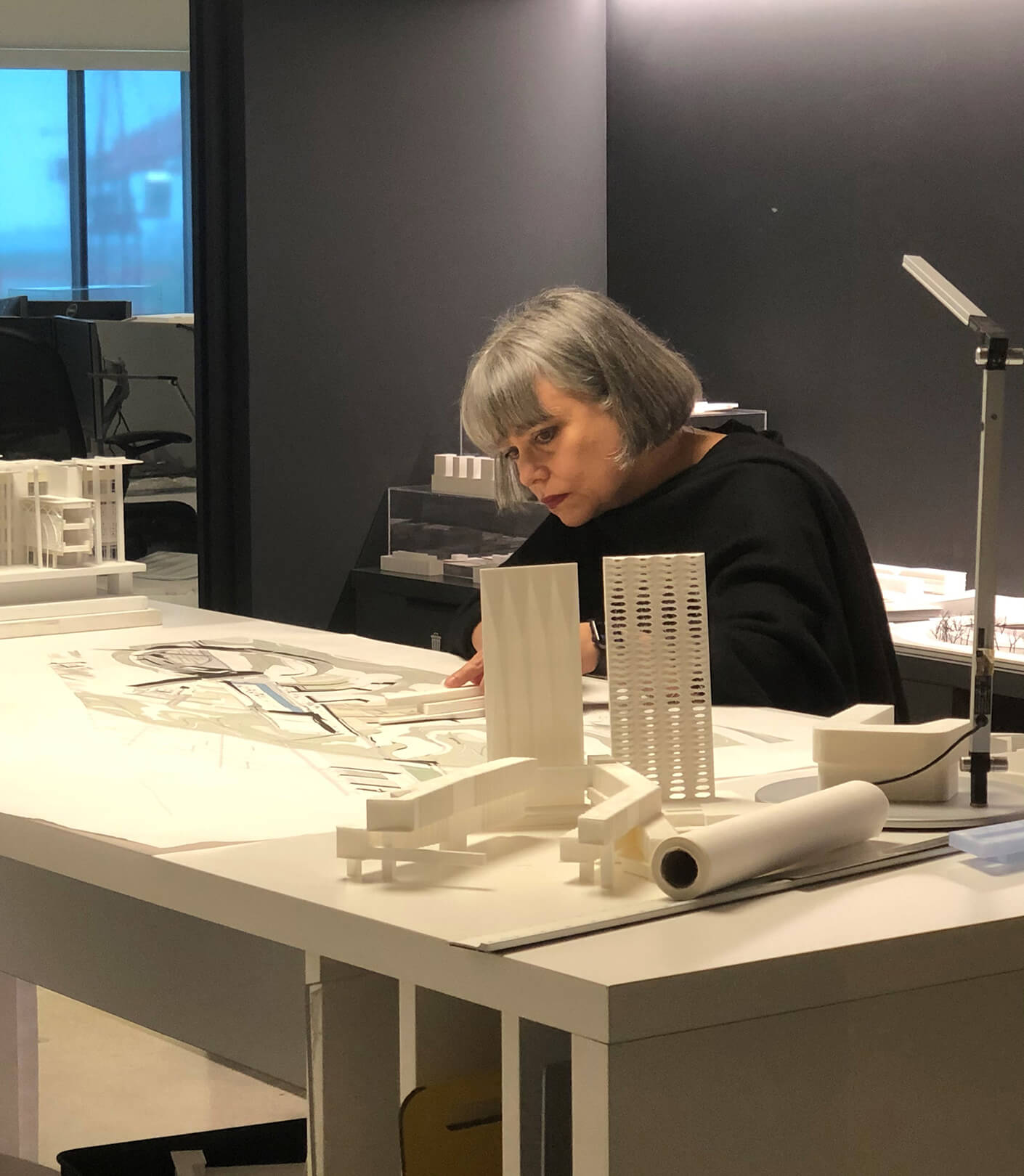
Bosch was born in Cuba but has called several countries home, from Spain to Puerto Rico to Switzerland. She was a young designer in her early 30s working in New York City when she was tapped by Perkins&Will’s CEO to co-found the firm’s new Miami practice. She jumped at the opportunity. The city is in many ways a microcosm of the global cosmopolitan experience, and Bosch is well attuned to its diverse and intersectional culture. Since 1996, she has watched the studio grow from just three employees to one of the firm’s most energetic design hubs under her leadership.
Bosch feels comfortable anywhere in the world and has designed projects in 18 countries so far.
Bosch’s architecture is imbued with many elements of music and poetry. An avid pianist and audiophile in general, she often references musical theory in her work, from compositions to lyrical movement. She’s even known for creating playlists for projects, letting the sounds and rhythms of a culture, place, or people guide her design process. These playlists often offer unexpected combinations, mixes that help her identify the framework of a building, as well as the experience of its loud and soft spaces as you move through it. “Music and architecture both find balance through a similar rigor and sense of spatiality,” she says.
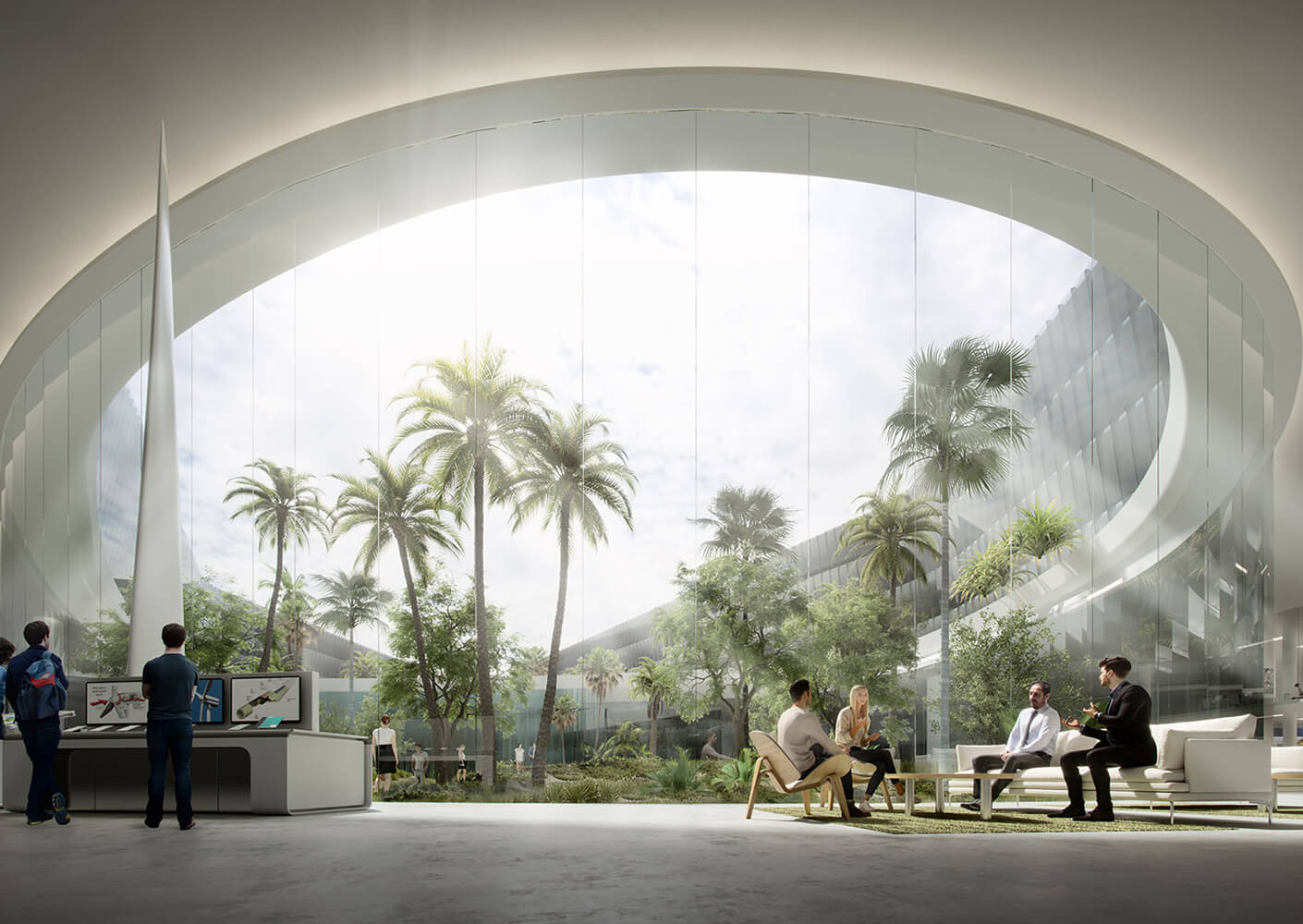
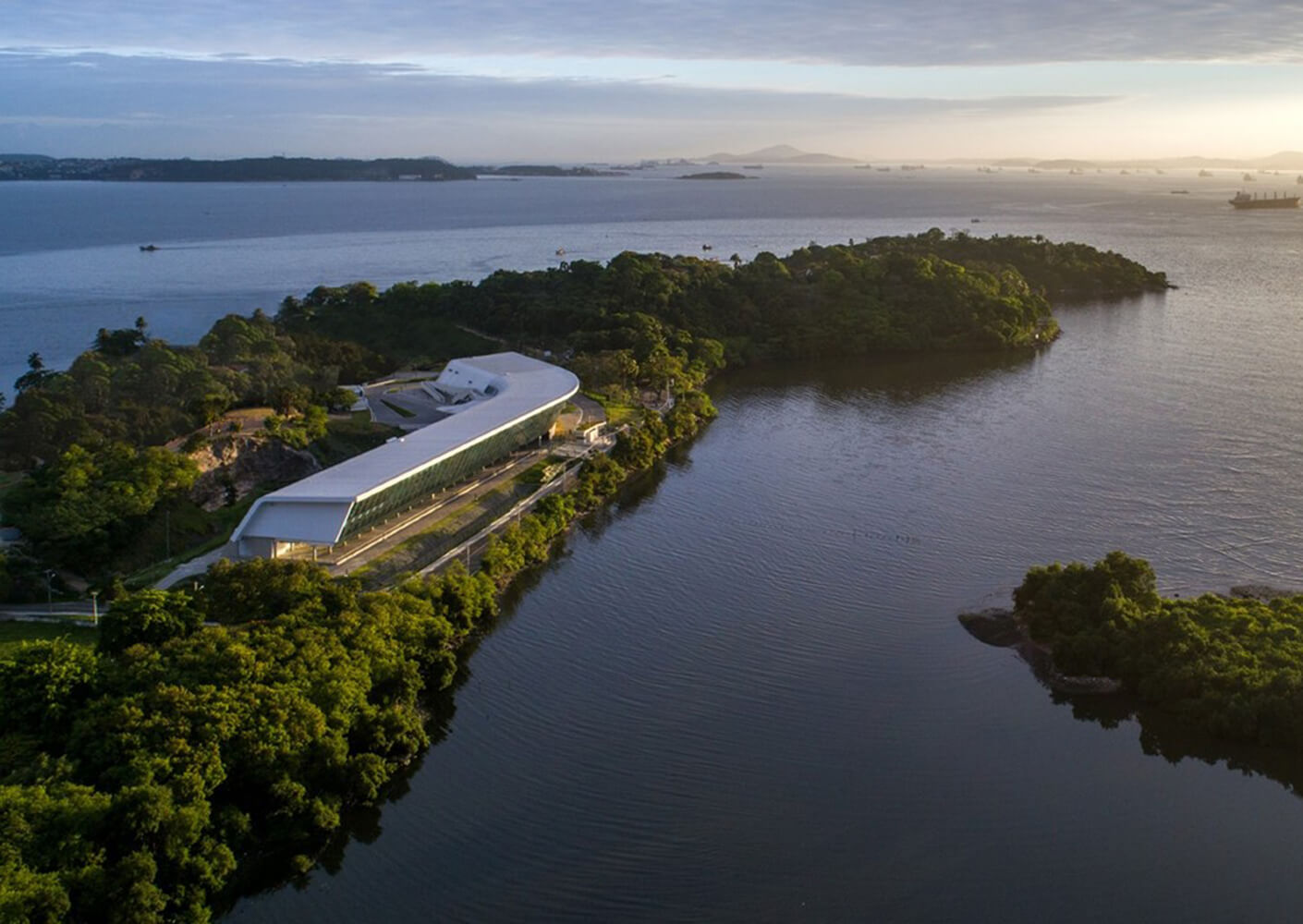
This approach informed Bosch’s groundbreaking work for the L’Oréal Research and Innovation Center in Rio de Janeiro, Brazil. A technological feat, the building is situated on an island off the coastal city, surrounded by polluted waters. The challenging site was chosen to showcase how architecture can, and should, give back to its environment and the people who use it, a core mission of L’Oréal. The resulting form of the building is a soft, sinuous curve that follows the contours of the hilltop site. While the building rests lightly on pilotis, the structure does so much more: Filtrating gardens actively improve the health of the bay. The project functions like a “green lung,” taking in contaminated water, purifying it, and allowing it to back into the bay, clean and clear. This innovation ensures Bosch’s design is constantly regenerating rather than stagnating. But she believes its regenerative powers go beyond the technology.


“L’Oréal was inspired, in large part, by the tradition and structure of bossa nova,” she says. “Not only is the music unabashedly self-referential, it’s also circular in nature in that each musician continuously plays off of the other. It’s a never-ending loop, always giving back.”
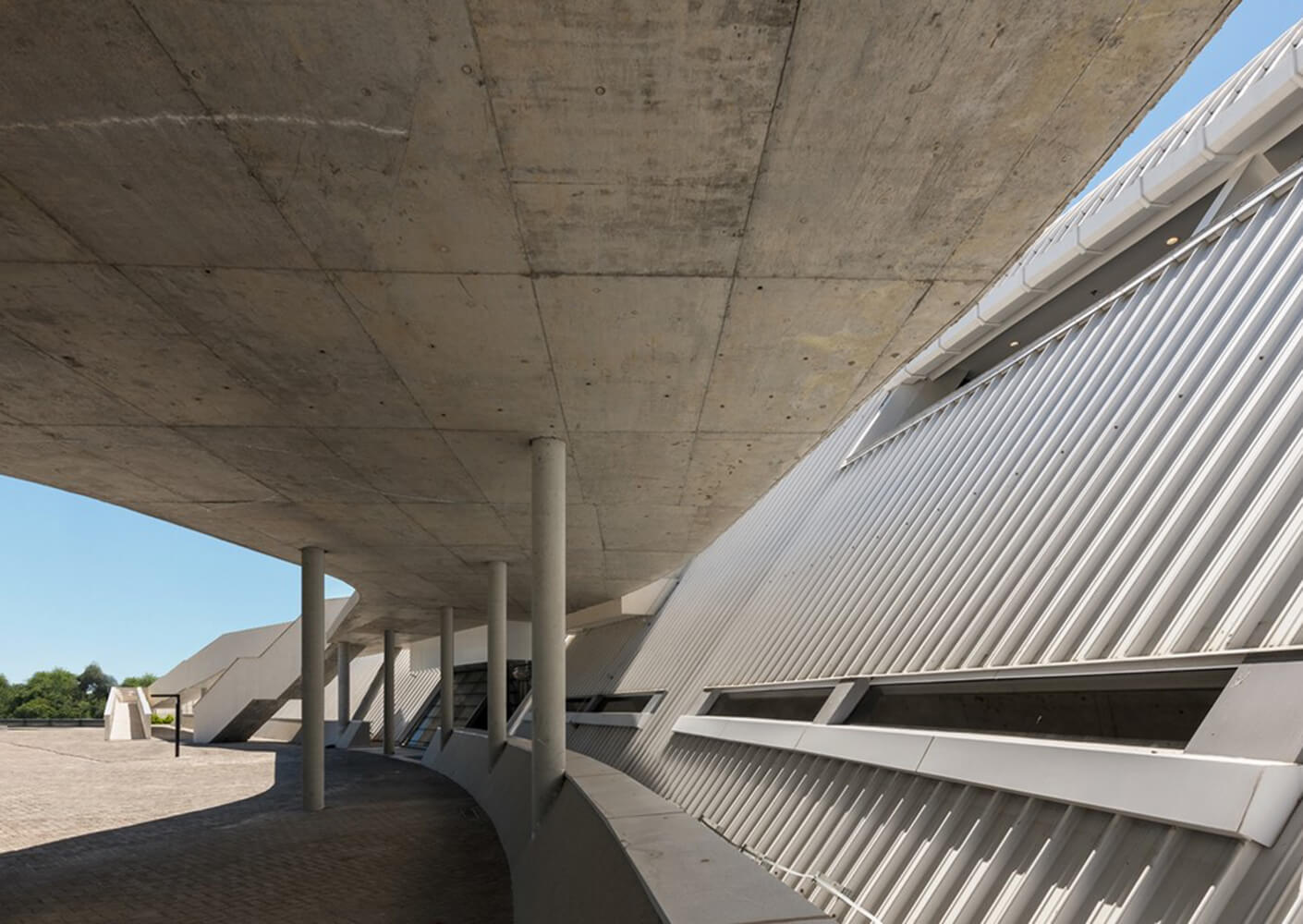
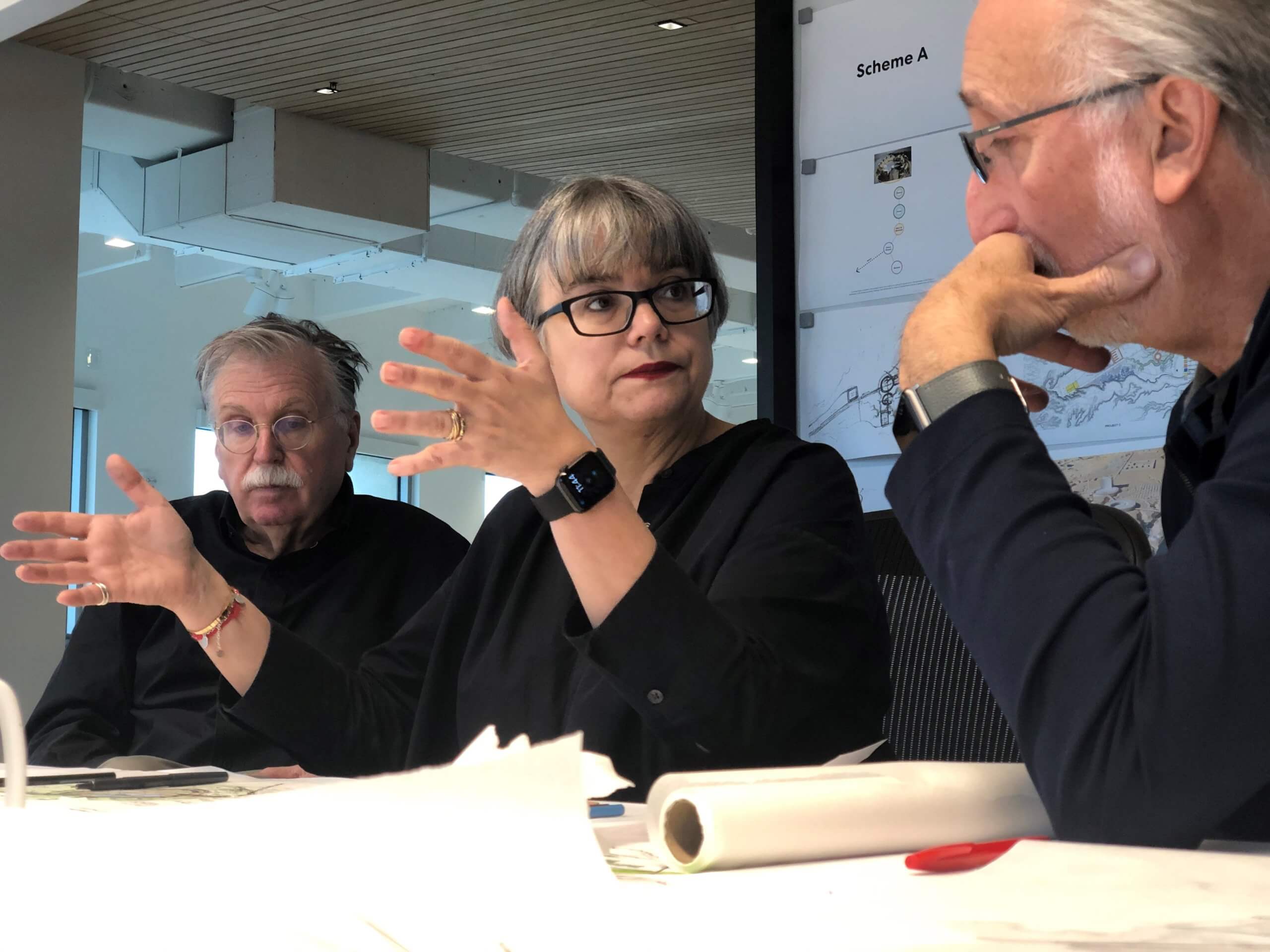
With one glance at her portfolio, Bosch’s innovative and ambitious design thinking becomes clear. As a female designer, Bosch is well aware of general misconceptions about high-powered women in the architecture and design industry, and the socialized expectations for what a leading designer should look like, or how they should lead. She is therefore committed to leading with integrity, and hopes to help inspire a new generation of female leaders in the industry.
Bosch’s pride in being a female design leader means that she has a strong connection to, and passion for, work by women and for women. A keystone project—as well as her largest, in terms of square footage—is Princess Nora Bint Abdulrahman University in Riyadh, Saudi Arabia. The university’s vision? To educate women, and create a platform for collaboration with the best universities around the world. The founding of this university was a poignant moment for women’s rights in the country. Bosch understood the significance of it, and brought an ambitious vision for the architecture and a deep sense of empathy and respect for both the culture and community of women she designed for.
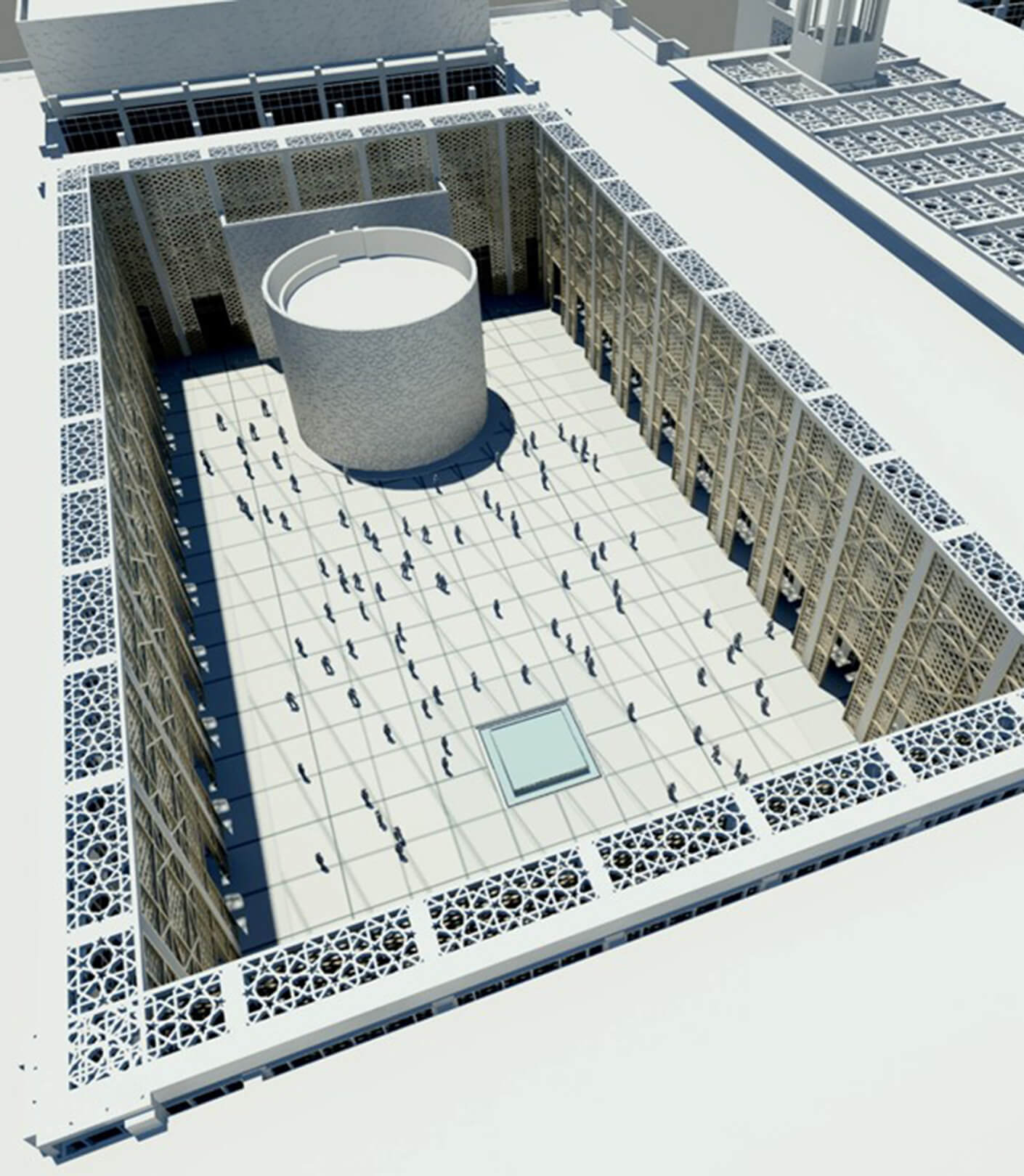

So, when Bosch and her team dove into the artistic cultures of Saudi Arabia and the traditions that the women of the university held, she felt that each building, and each element of the university’s form and program, was a sense of rebellion, reinvention, and a questioning of the status quo. She incorporated traditional Middle Eastern architectural elements, like large sunscreens called mashrabiya, which historically have been used to shield women from the gazes of men in the street, but she gave them a bold, contemporary purpose. At Princess Nora, the screens enliven facades throughout the campus. Rather than being opaque barriers, they unveil the buildings, revealing the vibrant world within. Their patterns welcome women into the world. They say, I have arrived.
Bosch remains an impassioned ambassador and advocate for inclusive expression, excellence, and dignity in design, and for those working to redefine what the profession of architecture represents. This open-minded approach to her life and work allows mystical and artistic elements to arise in unexpected ways. Whether she’s at the piano with Bach, reading poetry in the shade of her Miami garden, or sketching in the studio she cofounded, she is constantly working to learn and discover more about people, their cultures, and their untold stories, building to bring them to life.
